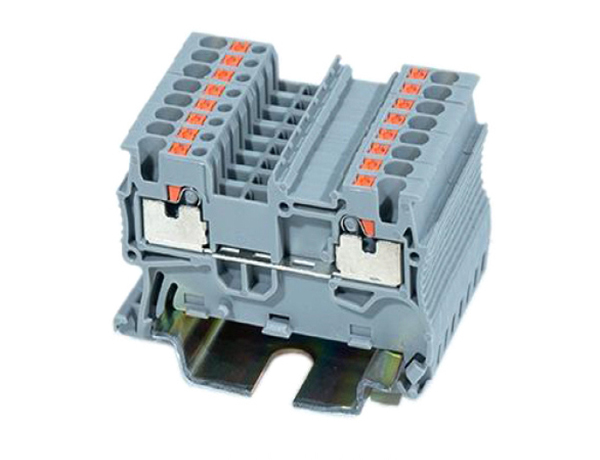National standard
old standard
No. Standard No. Standard Name Approval or Release Date Implementation Date [3]
1 GB/T14048.1 Low-voltage switchgear and control equipment General provisions 2000-10-17 1993-01-04 2001-07-01 1993-07-01
2 GB14048.2 Low-voltage circuit breakers 2001-11-21 1994-04-12 2002-11-01 1994-12-01 [3]
3 GB14048.3 Switch, isolator, isolating switch and fuse combination electrical appliances 2002-06-13 1993-09-05 2003-01-01 1994-04-01
4 GB14048.4 Electromechanical contactors and motor starters 2003-09-10 1993-09-05 2004-05-01 1994-04-01
5 GB14048.5 Control circuit electrical appliances and switching elements 2001-11-02 1993-09-05 2002-06-01 1994-04-01 [3]
The above-mentioned five new standards are equivalent to the standards of the same name of IEC60947.1-5. Taking into account the actual environmental conditions in my country, two kinds of humidity resistance requirements and test methods, constant damp heat and alternating damp heat, are added to GB14048.1-2000 Appendix K, and it is required that the product standard should select the corresponding humidity resistance assessment method according to its own characteristics. . [3]
The main differences between the old and new standards
The main common differences between the above five new and old national standards are: [3]
a. The new standard cancels some structural and material performance requirements in the old standard. Such as vibration resistance, impact resistance, impact resistance, aging resistance of elastic parts, low temperature and (high temperature) performance, heat resistance, rust resistance, etc. [3]
b. The electromagnetic compatibility of the new standard includes immunity (surge immunity, electrical fast transient/burst immunity, radio frequency electromagnetic field radiated immunity and electrostatic discharge immunity) and emissions (radiated and conducted). The old standard only has the requirements of anti-electromagnetic interference (anti-high-frequency conducted interference, anti-high-frequency radiation interference, anti-low-frequency conducted interference and anti-surge over-voltage conducted interference).
c. The difference between the power frequency dielectric test voltage values of the new and old standard main circuits is as follows. [3]
The difference of the power frequency dielectric test voltage value of the main circuit [3]
Rated insulation voltage Ui
(V) Power frequency dielectric test voltage value
(RMS) (V) [3]
Ui≤60 1000
60<Ui≤300 2000
300<Ui≤690 (old standard 660) 2500
690 (old standard 660) <Ui≤800 3000 [3]
800<Ui≤1000 3500
1000<Ui≤1500 (only for DC) 3500 (old standard 4200)
d. The new standard does not specify the number of test samples for type testing, while the old standard stipulates that each test should be at least 2 sets. [3]
e. Periodic tests in the old standard have been deleted from the new standard.
f. In the new standard, the life test (mechanical life and electrical life test) is listed as a special test item, and in the old standard, the life test is a type test item.
g. The transport and storage tests in the old standard are deleted from the new standard. [3]





